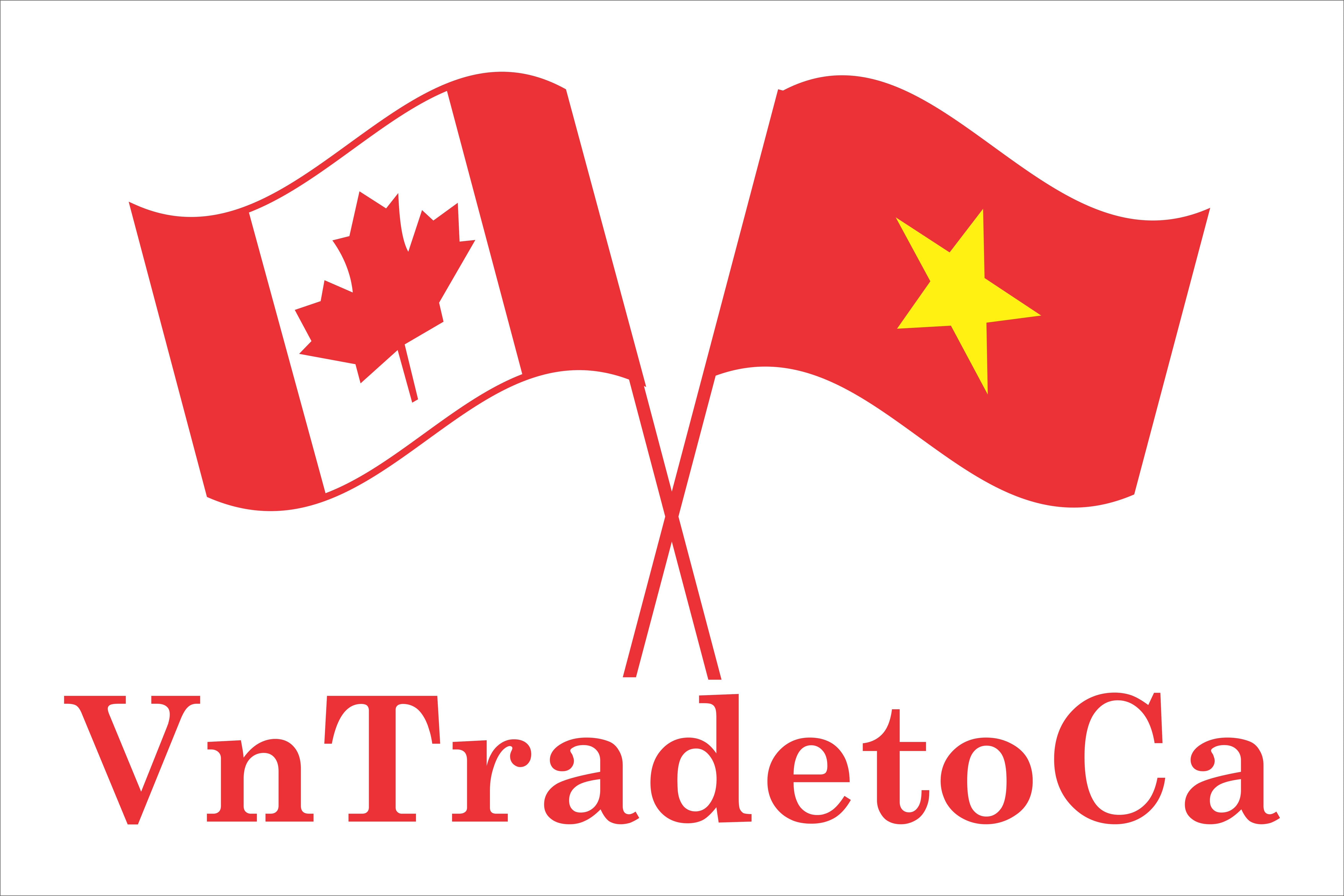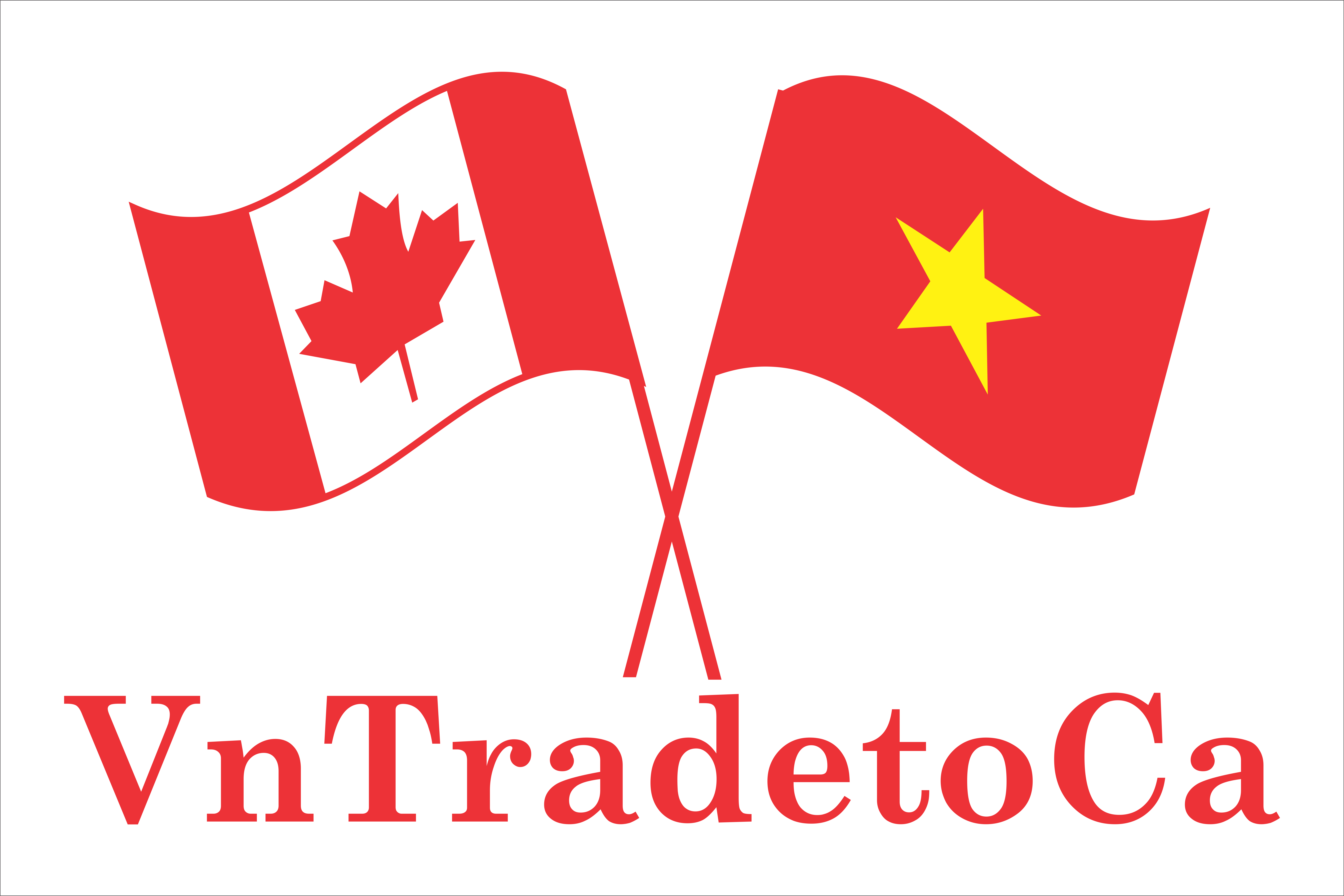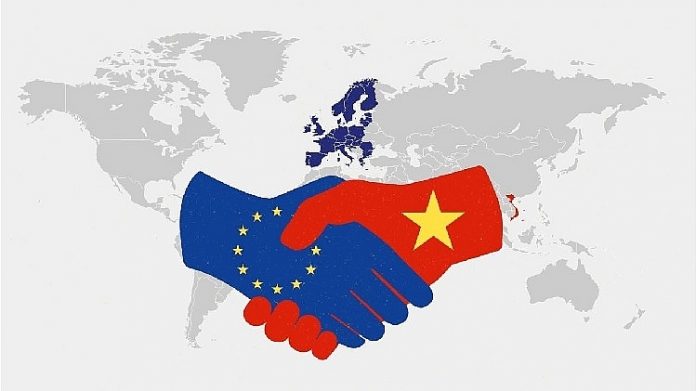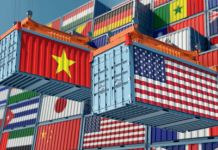With the ratification of the EU-Vietnam Free Trade Agreement and the EU-Vietnam Investment Protection Agreement, the floodgates are expected to open for a new wave of European investment into the Vietnamese market, especially in services, ICT, finance, transport, and distribution.
Swedish technology giants Ericsson and ABB are partnering and planning to establish a smart manufacturing production facility in Vietnam this year, supporting the nation’s strategic Industry 4.0 vision when the EU-Vietnam Free Trade Agreement (EVFTA) is expected to come into force.
“From an ICT and high-tech perspective, the pact will pave the way for increased investment in smart manufacturing capabilities in Vietnam by European manufacturers. The EVFTA will further accelerate the need for accelerated expansion of 4G networks this year and next, coupled with the introduction of 5G capabilities to Vietnam in the 2021 to 2022 timeframe,” Denis Brunetti, president of Ericsson Vietnam and Myanmar, told VIR.
“We intend to invest in a variety of emerging technologies such as AI and automation, as well as our global service capabilities to Vietnam in partnership with our mobile operator customers, encouraged by the favourable terms and conditions incorporated in the EVFTA,” he added. “We are also planning to strategically partner and collaborate with world-leading manufacturing companies such as ABB to support them in introducing smart manufacturing facilities to Vietnam in the near future.”
Evidently, Ericsson Vietnam is well positioned to tap into the benefits and value of the EVFTA through existing 4G infrastructure and capabilities across all mobile operators in Vietnam, including Viettel, VNPT Group, Mobifone, and Vietnamobile.
The EVFTA and the EU-Vietnam Investment Protection Agreement (EVIPA), which were ratified by members of the European Parliament last week, will both support the Swedish giant’s ambition here.
Opening up the market
ICT will be one of the beneficiaries of EVFTA, as the landmark deal will open up access to this and other sectors such as finance and banking, transport, services and distribution, agriculture, and pharmaceuticals for European investors.
The historic agreement will represent a new chapter for trade and investment between the two sides.
For instance, five years after it has entered into force, Economic Needs Test, a test that conditions market access upon the fulfillment of certain economic criteria, applicable for the establishment of the second and subsequent outlets, will be eliminated for retail services. Meanwhile, for financial services, the threshold for EU investment in certain joint stock commercial banks will rise from 30 to 49 per cent, and EU investors will be able to establish themselves as health insurance providers.
For some sectors such as government procurement, which is currently closed to European investors, openings will be made available on the back of the EVFTA.
In telecommunications, EU investors will be able to provide new services which will be made in most cases through joint ventures with local partners.
Moreover, firms from the bloc will enjoy significant changes in foreign ownership limit (FOL) in telecommunications services. For example, under the EVFTA’s commitment, Vietnam will permit the establishment of 100 per cent foreign-invested enterprises (FIEs) in non-network infrastructure value-added telecommunications services after five years. Currently through World Trade Organization (WTO) terms, only joint ventures are permitted with an FOL of 65 per cent.
The EVFTA also represents an historic change in the pharmaceutical industry, especially in the fields that the country has been seeking particular solutions to for years, such as intellectual property rights, direct pharmaceuticals imports, and tenders among others.
According to the WTO Centre of the Vietnam Chamber of Commerce and Industry, pharmaceutical imports from the EU into Vietnam will be more favourable, accessible, and direct under new commitments. In addition, competition in tenders for groups of pharmaceuticals to open to EU bidders in the ethical, or prescription drugs channel will also be strengthened further.
For agriculture and other sectors for exports to the bloc such as textiles and garments, woodwork, petrochemicals, electronics, automobiles, high-tech, and food processing will also benefit thanks to tariff cuts, thus promoting EU investors and others to boost investment in Vietnam.
Together with the EVFTA, the EVIPA will help align Vietnam with international standards and practices, and further integrate it into the global economy by introducing reformed, modern investment protection rules. This will ensure that European investors will receive the best available treatment, without infringing on Vietnam’s right to legislate in its own best interests on issues such as health and safety, or the environment.
As shown in the EVIPA, new, more precise standards on investment protection are included. This means that the government must respect five fundamental principles – provisions on non-discrimination; allowing investors to transfer or repatriate investment-related funds; prompt and adequate compensation in cases of expropriation; a commitment to fair and equitable treatment; and a guarantee that contractual and legal obligations toward investors will be honoured.
Upbeat prospects
According to statistics from Vietnam’s Ministry of Planning and Investment (MPI), investors from 23 out of 27 EU member states have registered around $24 billion into more than 2,200 projects over the past 28 years. EU investment has been most traditionally prominent in manufacturing, electricity, and real estate. However, it remains modest compared to Singapore, South Korea, and Hong Kong (China).
According to the European Chamber of Commerce in Vietnam (EuroCham), European investment remains humble because, at the moment, some sectors remain closed to their investors. Meanwhile, tariffs on Vietnamese products are higher than those coming from countries with which Vietnam has an active free trade agreement. Nicolas Audier, chairman of EuroCham, said that the picture of European investment in Vietnam is set to change once the EVFTA is ratified.
Thus far, several EU giants have made new steps, with Novartis, Sanofi, Abbott Diagnostics, Siemens Healthineers, and Zuellig Pharma, among others, being the pioneers in the lucrative pharmaceutical and healthcare industry.
For instance, on the heels of Sanofi, which expanded its footprint in Vietnam by becoming the first lawful multinational importer in the drug production industry in the country, Novartis quickly became the second. Meanwhile, many other multinational corporations are seeking the same ticket.
In a strong move to improve Vietnam’s FDI attraction, the Vietnamese government is likely to issue an action plan this month to implement the Politburo’s Resolution 50 on the orientation of perfecting institutions and policies, improving the quality and efficiency of foreign investment co-operation by 2030 (see box for details).
|
Key contents of the government’s draft resolution on action plan for implementing the Politburo’s Resolution 50 – The Ministry of Planning and Investment (MPI) will co-operate with relevant ministries, agencies, and localities to amend the Law on Investment and the Law on Enterprises; complete the Law on Public-Private Partnerships; build the criteria on FDI attraction in a selective and sustainable manner; upgrade the national information system on foreign investment; build a national portfolio on projects for calling for foreign investment; and build a report on renovating investment promotion programmes; – The MPI and other ministries and agencies will also have to study and build mechanisms to prevent and solve problems, and settle investor complaints to avoid any possible international investment disputes; build an international investment co-operation strategy for the 2021-2030 period; and build a decree on investment promotion to replace 2014’s Decision No.03/2014/QD-TTg on regulations on state management of investment promotion activities; – The Ministry of Finance (MoF) is tasked with building a mechanism to apply investment incentives, with the requirements to meet the concrete conditions, commitments, and post-inspection to integrate, amend, and supplement regulations on anti-transfer pricing in the Law on Tax Administration and its guiding decrees. The MoF will also check and assess the efficiency of double-taxation avoidance agreements, and their impacts on Vietnam’s tax policies to suggest possible adjustments, while integrating information on import and export of FIEs with the national information system on foreign investment; – The Ministry of Justice will check and complete comprehensively the legal system on investment, enterprises, tax, customs, land, housing, real estate, environmental protection, technology transfer, supporting industries, and others to solve existing shortcomings. It will also complete the legal framework to facilitate business insolvency, protection of investors, and rights of ownership and assets, while building a master plan on leverage private investment, including foreign investment in some public services; – The Ministry of Transport will build the national portfolio of national transport projects calling for foreign investment within the year; – A similar list of agriculture projects will be also worked on by the Ministry of Agriculture and Rural Development; and – The Ministry of Information and Communications will study and build policies to promote joint ventures between domestic businesses with foreign partners in chip production, new-generation network devices, and Internet of Things devices. |
Source: VIR







